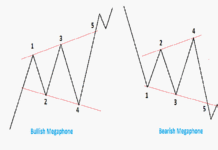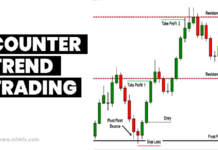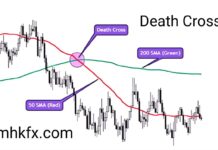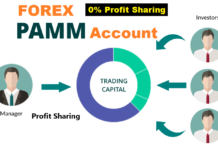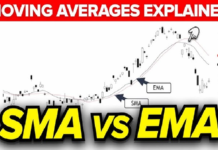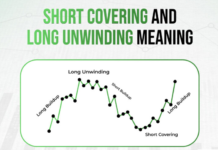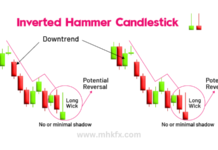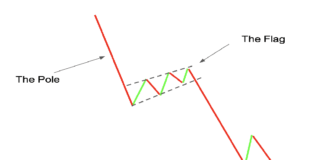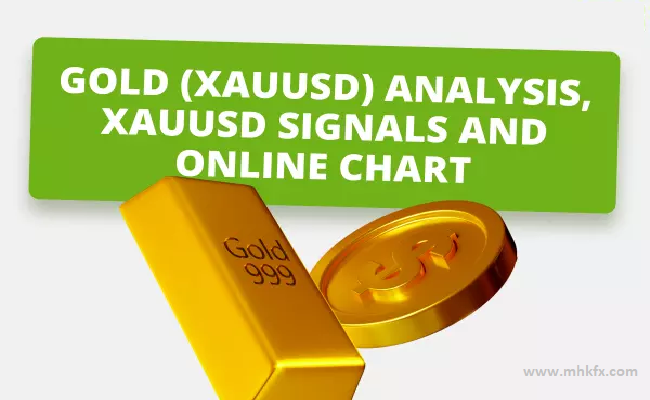
The correlation between XAUUSD (the price of gold in US dollars) and AUD (the Australian dollar) often exhibits a complex interplay of economic and market forces. The Australian dollar is considered a commodity currency due to Australia’s significant exports of commodities, including gold.
As a result, there can be a positive correlation between gold prices and the value of the AUD. When gold prices rise, it can benefit Australia’s economy, supporting the AUD. However, this relationship is not absolute, as it is also influenced by factors such as global economic conditions, risk sentiment, interest rate differentials, and geopolitical events. Therefore, while the AUD and gold often move in tandem, investors and traders must carefully assess a range of factors to understand the nuanced correlation between XAU/USD and AUD and make informed financial decisions. The correlation between XAU/USD (the price of gold in US dollars) and AUD (the Australian dollar) can also vary over time and is influenced by several factors:
Inverse Relationship with USD: As mentioned earlier, gold often has an inverse relationship with the US dollar (USD). When the USD strengthens, gold prices in USD terms may tend to fall, and when the USD weakens, gold prices may rise. Since the AUD is not the base currency in the XAU/USD pair, this inverse relationship can impact the correlation between XAU/USD and AUD.
Commodity Currency: The Australian dollar is considered a commodity currency because Australia is a major exporter of commodities, including gold. As a result, there can be a positive correlation between the price of gold and the value of the AUD. When gold prices rise, it can benefit Australia’s economy, which, in turn, may support the AUD.
Global Economic Factors: Economic conditions in both the United States and Australia, as well as global economic factors, can influence the relationship between XAUUSD and AUD. Economic data releases, interest rate decisions, and overall market sentiment can impact both gold prices and currency exchange rates.
Risk Sentiment: Market sentiment and risk appetite can also play a role. During periods of heightened risk aversion, investors may seek safety in gold, potentially causing it to rise, while the AUD, being considered a riskier asset, may weaken.
Commodity Market Factors: Beyond gold, other commodity prices can influence the Australian dollar. Australia’s economy is closely tied to commodities such as iron ore and coal, so shifts in commodity prices can impact AUD and, to some extent, the correlation with XAUUSD.
Interest Rate Differentials: Interest rate differentials between the US and Australia can affect the currency pair. Higher interest rates in Australia relative to the US may attract foreign investment, potentially strengthening the AUD, while lower rates may have the opposite effect.
Global Events and Geopolitical Factors: Events such as trade tensions, geopolitical developments, and global crises can impact both gold prices and currency exchange rates, including the AUD.
The correlation between XAUUSD and AUD can change over time and may not always be consistently positive or negative. Traders and investors should consider a combination of factors, including economic data, market sentiment, and global events when analyzing the relationship between these two assets. Additionally, using technical analysis and monitoring market news can help identify potential trends and correlations.
Click to sign up with ICMarkets
Related articles:
Get the answers to all your Forex questions in one place : All About Forex Query and Answer
XAUUSD correlation with GBP

